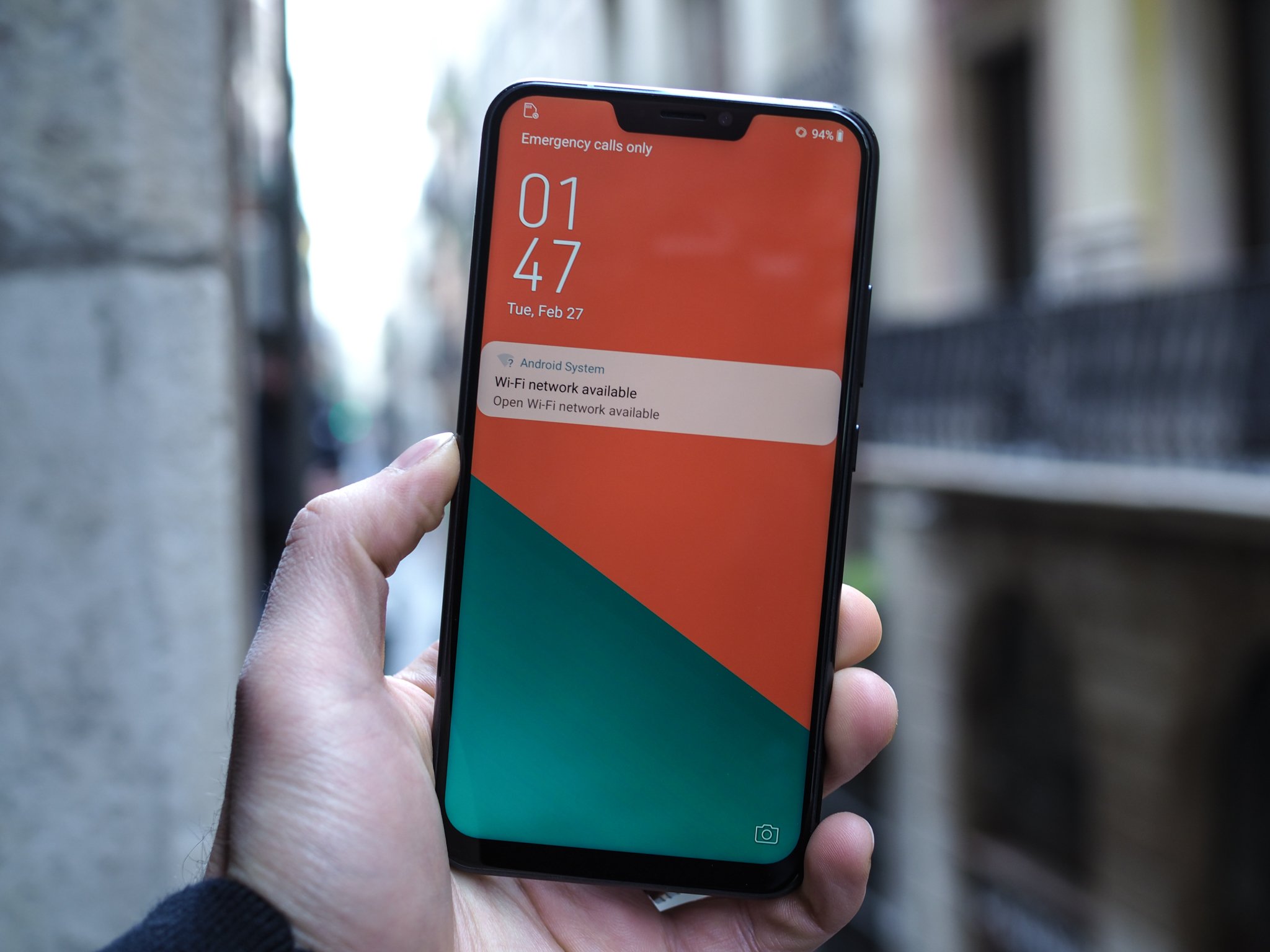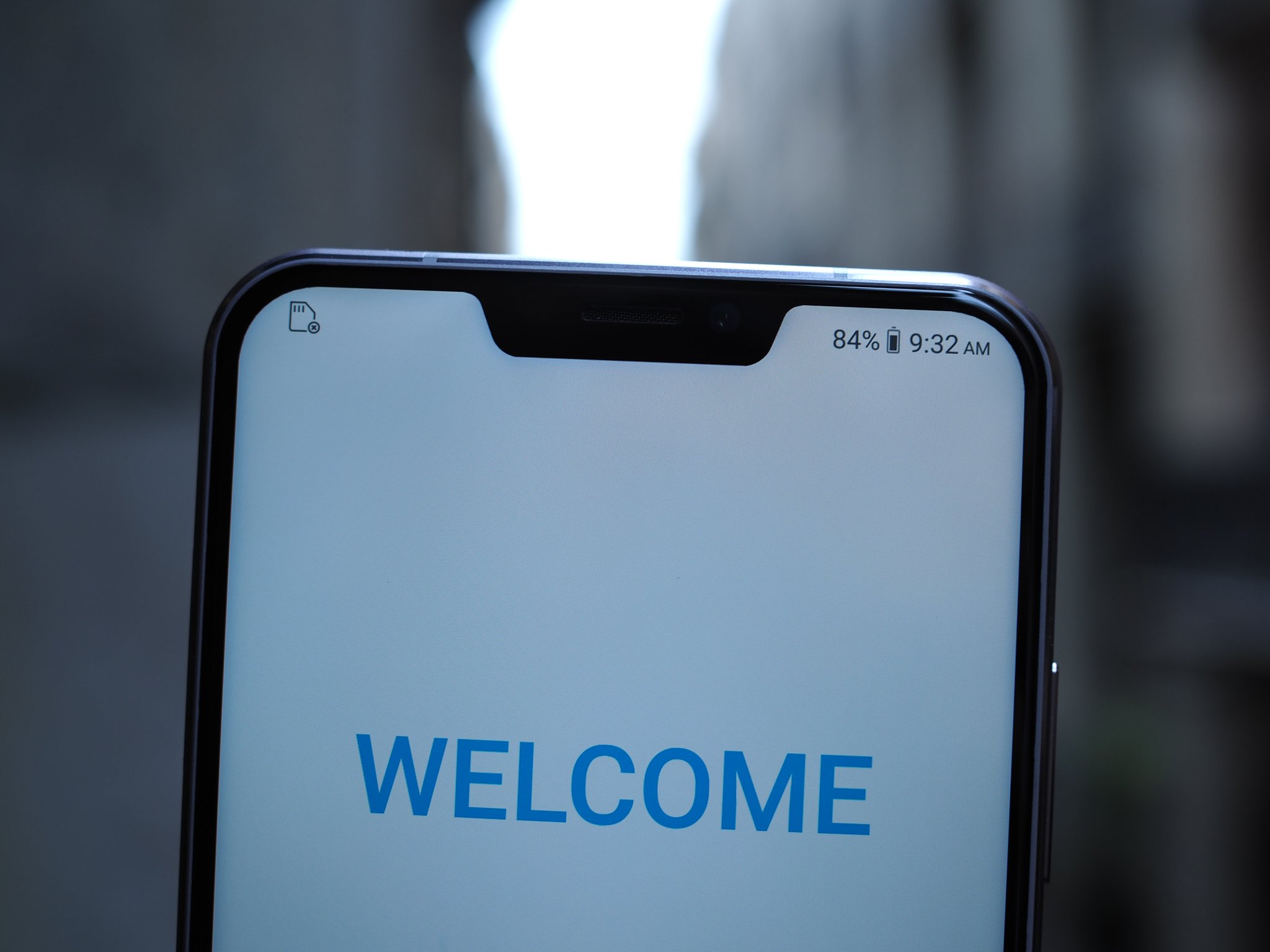Yo dawg, I heard you like notches...
Are clones inherently bad? I'm not talking about Dolly the sheep or the clone army from Star Wars Episode II, but the typical kind we see in consumer electronics: one company makes a thing, its good ideas permeate into our shared culture, and other companies, wanting to stay on trend, copy one or all of those good ideas.
The ASUS ZenFone 5 is an unabashed iPhone X clone, so much so that during a press briefing in Barcelona during Mobile World Congress, the company's head of marketing, Marcel Campos, admitted that his phone is regularly mistaken for Apple's latest flagship. He also said that's not such a bad thing: after years of skirting around the language of mimicry, ASUS is finally leaning into the fact that its phones are heavily influenced by the hardware and software that emerge from the secretive labs of Cupertino.
Of course, there are limits to what ASUS can produce given its size, engineering legacy, and desired market. The ZenFone 5, which comes to market in May for "around half the price of the iPhone X," according to the company, runs Android, and its notch contains the standard array of sensors that adorn most devices from its competitors. In other words, the phone's most distinguishing design choice is not just a blatant copy of another company's original idea, but it's also functionally hollow.
ASUS also claims that its phone utilizes AI for a number of situations to improve everything from camera quality to the color temperature of the 6.2-inch LCD panel, but these are features that have existed for years on other phones with no dedicated AI chips.
So does the ZenFone 5 have any redeeming qualities? And will it be worth buying when it goes on sale? I played with it for about an hour, using its toned-down version of Android 8.0 Oreo — besides ASUS's predilection for design mimicry, the most common complaint levied against it has been its software bloat — and came away impressed with how well everything came together. The notch, like the cutout on the Essential Phone, gets out of the way when an app doesn't support it, cutting off the content just below the perimeter. And because the phone's display is in an extra-tall 19:9 aspect ratio, there's always plenty of vertical space for apps to scroll and wide-screen content to scale. When an app does support the notch, like Google Maps, it scales up intelligently and looks great as a result. As far as counterfeits go, this one is pretty carefully orchestrated.
The phone's specs are impressive for a phone of its ilk: Snapdragon 636 processor (down from a 660 from last year's ZenFone 4, likely to cut costs), between 4GB and 6GB of RAM, a dual camera setup with Sony's flagship 12MP sensor as the primary, stereo speakers that are loud, battery-preserving fast charging, basic face unlock support, a rear fingerprint sensor, and a metal-and-glass body. ASUS will also offer a Snapdragon 845-powered ZenFone 5X later this year at a higher price.
These are some of the loudest speakers I've heard on a phone.
Let's talk about those speakers for a moment: ASUS says that it tuned them to be room-filling, with extra-large cavities for true bass, and thoughtful equalization that projects proper separation and sound stage. Despite demoing the speakers with the tragically-overplayed single, 'Despacito', it was clear that ASUS did a great job getting as much volume and depth as possible from its mobile speakers.
Aside from sound, ASUS says it put a tremendous amount of thought into its dual camera array, building on the success of the ZenFone 4's combination. The Sony IMX363 sensor is new to the market, replacing the IMX362 found in previous ZenFones; it has 1.4um pixels, dual-pixel autofocus, and high light sensitivity, and is paired with an f/1.8 lens with optical image stabilization. ASUS hasn't traditionally been known for its camera strength, at least when compared to the big names in the phone business, but I came away impressed after snapping a few shots in poorly-lit areas of ASUS's Barcelona offices.
The secondary camera is comprised of an 8MP sensor and a wide-angle f/2.2 lens, which based on my experiences with devices like the LG V30 and Moto X4, I enjoy more than the telephoto or monochrome alternatives. Such a setup also facilitates portrait mode, which I only got to hastily test but showed promise.
ASUS prides itself on producing beautiful phones, but while the ZenFone 5 adopts the well-known concentric circle design from the company's laptop lineup, the phone feels too light and concerningly fragile. It also irks me that ASUS placed its cameras in the same left-side vertical orientation as the iPhone X.
The parroting of Apple's design language continues into ASUS's version of Android. Still referred to as ZenUI, and significantly decluttered compared to last year's models — ASUS says there are no duplicate services and only two pre-installed apps — almost every pixel has been rendered to imitate iOS 11 in some form. ASUS can only go so far given Android's inherent navigation paradigms, but this is about as far from Material Design as I've ever seen on an Android phone.
ASUS is certainly not the only company designing Android phones with notches, nor is it alone in trying to rebuild iOS within Android's framework. In fact, there are rumors floating around that Google will bake notch support in some form into Android P, which would give developers more control over how their apps behave when portions of the screen are covered obscured. Companies like Doogee, OPPO, Vivo, and even Xiaomi, are known for borrowing Apple's ideas, but none of them have large distribution outside Asia, where the iPhone is often prohibitively expensive. But ASUS has always claimed that it values innovation and unique ideas.
Whether you come to covet the ZenFone 5 will come down to how much blatant apery you can tolerate in your phone's physical and digital design. More simply, it will come down to whether you've ever considered what it is like to run Android apps on an iPhone.
If that idea turns you off, this is not(ch) your next phone.
from Android Central - Android Forums, News, Reviews, Help and Android Wallpapers http://ift.tt/2FBvffn
via IFTTT









No comments:
Post a Comment